Workspace Education: A Creative Approach to Competency- and Project-Based Science
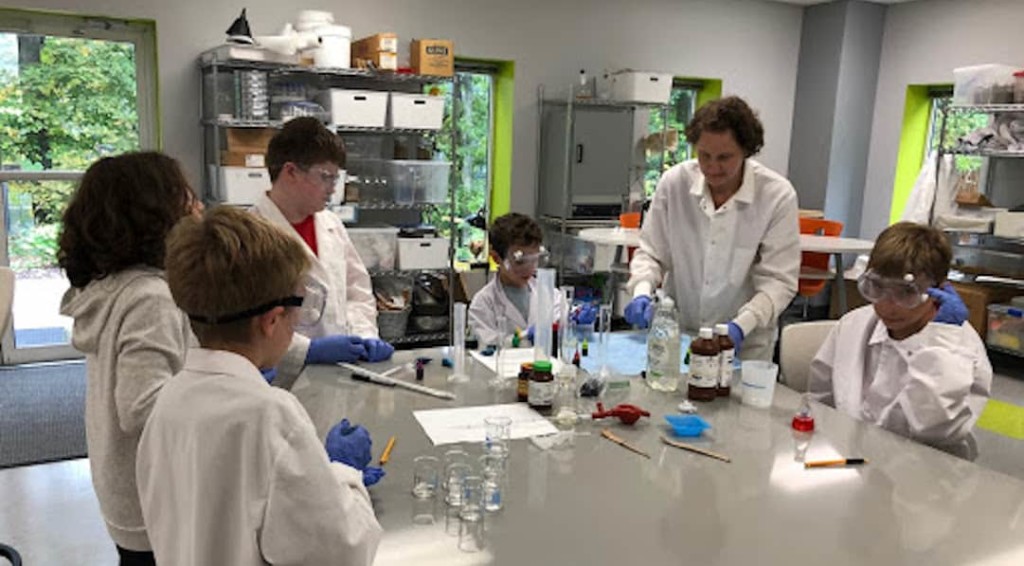
By Erik Day and Michelle Berkeley
Project-based learning is one of the most promising and scalable strategies for enabling deeper learning, and it is an option for most schools and educators across the nation. Particularly when centered around extended challenges, PBL helps students develop skills and mindsets that will serve them well for the rest of their lives.
When sequenced within a competency-based progression model, PBL holds further promise for engaging students in relevant, authentic experiences that help them progress meaningfully and reach higher-level outcomes. Students are successful when they take an active role in their learning, and CBE and PBL are able to provide the authenticity that gives students more meaningful learning experiences and a more personalized education.
Workspace Education, a non-profit learning community in Bethel, CT, which focuses on project-based learning for students of all ages, is practicing a great example of competency-based PBL in their science pathway programming.
Over the last couple of years, Cath Fraise, Founder and Executive Director of Workspace, identified that her students desired to learn relevant science (things like gene editing, CRISPR technology, forensics, and biohacking). So last year she brought Dr. Maura Bozeman to her team to develop a science program based on “what scientists actually do,” and Bozeman became the “Incubator of Scientists.”

Since coming on board, Bozeman has developed the Scientist Pathway, which she describes as “designed for learners of any age who want to work toward becoming a scientist,” and for which she developed badge criteria that are entirely competency-based. Bozeman’s pathway puts a personalized emphasis on guiding learners in deciding what success looks like for their personal goals.
What Science Looks Like at Workspace
Using open badging platform Badgr (see our feature), Workspace’s science badges are divided into five sections (see image below). The pathway begins with applying basic concepts, which includes lab safety, observations, and other basics. Learners earn the first five badges before they move up to the next level, which is acquiring skills. The learners are then required to acquire five individual skills such as pipetting, titrating, and many more they can choose from. The next level, executing projects, combines skills, and requires completing a more complex project. The fourth section involves designing and creating independent studies, and then the pathway concludes with the students sharing their work via a poster, science fair, or other alternative.
Perhaps most importantly, with the Scientist Pathway, learners perform projects and earn badges by focusing primarily on the skills they want to learn. Fraise explains, “The idea is for our budding scientists to decide if they like doing science. They have a lot of freedom to explore and do as much as they like. We also work to connect them with scientists throughout the country sharing their interests. There is no ceiling as to how far the learners can progress, but the idea is to work out if science is their thing, and to work that out you have to be doing the work of a scientist.”
Pathway Advancement
With much intention, Bozeman developed the program so that early in the pathway, a badge represents a basic or single skill. With each subsequent category, a badge requires greater skill integration, decision making, and independent work.
For example, starting in the ‘Apply Basic Concepts’ category, the Standard Solutions badge requires a calculation of the mass of a chemical needed for a particular standard concentration and the physical preparation of the standard using good lab technique.
Another example is Calibration Curve badge in the ‘Execute Projects’ category. This badge requires making a series of standard solutions, measuring a parameter, such as density, plotting the data, and then using the linear regression of the data to calculate the concentration of unknown samples. This technique is the crux of analytical chemistry and opens up research opportunities in many fields, such as environmental chemistry and bioengineering.

Bozeman has noted some challenges in going against the traditional. She describes the complexity in the “logistics of incorporating badging into the more traditional science courses desired by some families, which requires that I really plan out the project, [and] write the badge requirements before covering the topic,” as well as what she describes as a “friction of my own traditional education background with what [today’s] learners need and want.”
Workspace’s Journey
It is helpful to understand the context of how Workspace came to be in the position it’s in today, including how the idea for the space was originally born, the unique learning model they developed, and their vision for the future.
Inspiration & Development of the Program. Workspace is a learning environment for all kinds of learning experiences, but lends itself to PBL because it is essentially 32,000 square feet of experiential learning labs and a co-creation space. Because all learners are free-roaming and the space is designed for creativity and self-expression, the 4 C’s (critical thinking, communication, collaboration, creativity) naturally integrate into interdisciplinary projects. Fraise developed a pedagogy for the space called 21CI (21st Century Integrated) with a family who pulled their children out of school after some troubling experiences.
Both parents were thinking that in order for their children to be successful, they needed to become competent, contributing members of working teams and their community, as well as skilled problem solvers. Workspace collected a group of tech-oriented parents and brainstormed the skills needed to be successful in working teams in the tech industry today. “We looked at KnowledgeWorks and their forecasts for tech. Then we went to NuVu in Boston for training, and I contributed my ideas about Montessori Adolescent work,” says Fraise.

Current Framework. “In the 21CI framework we integrate individualized SEL, applied practical/technical skills and academics in equal measure using PBL, and also by making sure we include the 4 C’s and compassion,” explains Fraise. They have found that this combination keeps a learner in balance and self-directed in a way that maximizes well-being and engagement. Under this system, Workspace educators also use “driving questions and gradual skill development (isolated to combining skills), to keep learners in their ‘challenge zone’ and maximize the 4 C’s.”
Each full-year class is two to three hours per week. An example of a current 8th grader’s course load is the following: Children’s Book Making, Robotics, Marine Science, Building Math, Mythology, and Coding. This child also spends a full day outdoors in a Wilderness program every week and may be supplementing that with other educational programming. The classes are scheduled “college style” and scheduled by the parents organizing the classes. Other families choose to sign their children up for the classes, and parents are invited to participate in the class and are part of the process in identifying specific SEL goals, skills, and academics that their learner is focusing on at the time.
Looking Ahead. Because of the success of this program, Fraise is working to create a microschool version/”drop off” of the program in order to expand access to the Workspace PBL experience. After a six month exploration of the landscape, she is looking at competency-based assessment tools such as MyWays and partnerships with networks like Building 21 (see our feature). She aims to develop a strategy for “journey tracking” with an e-portfolio.
Integrating Communities and Families
Most “Workspacians” are doing only a couple of the 21CI or science courses, and they are supplementing them with a variety of online, tutoring, community college, or interest-led classes. Workspace is both collaborative and individualized in its approach. Workspace families are encouraged to share and learn from one another, and the structure of the courses is meant to give parents freedom to help create an education they want for their learners.
As Workspace generates more attention and growth, Fraise keeps her focus on creating a primarily project-based environment where progress pathways are built on demonstrated competencies, and bringing the right people on the team and programs to the community. “For me it all comes down to creating an authentic, interdependent community where our learners can dig in and create their best lives,” she says.
For more, see:
- How to Create & Cultivate a PBL Culture
- The Case for Competency-Based Education
- A Simple, Free, Powerful Badging System
- Top Education Trends of 2018: Active Learning Spaces
Stay in-the-know with innovations in learning by signing up for the weekly Smart Update. This post includes mentions of a Getting Smart partner. For a full list of partners, affiliate organizations and all other disclosures, please see our Partner page.


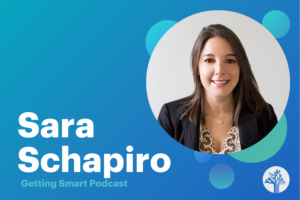



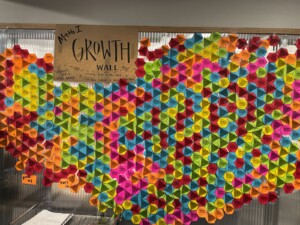
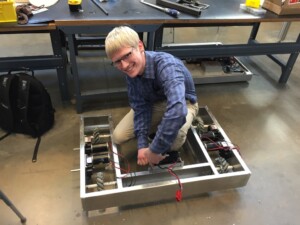
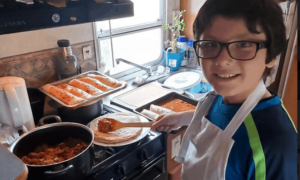
0 Comments
Leave a Comment
Your email address will not be published. All fields are required.